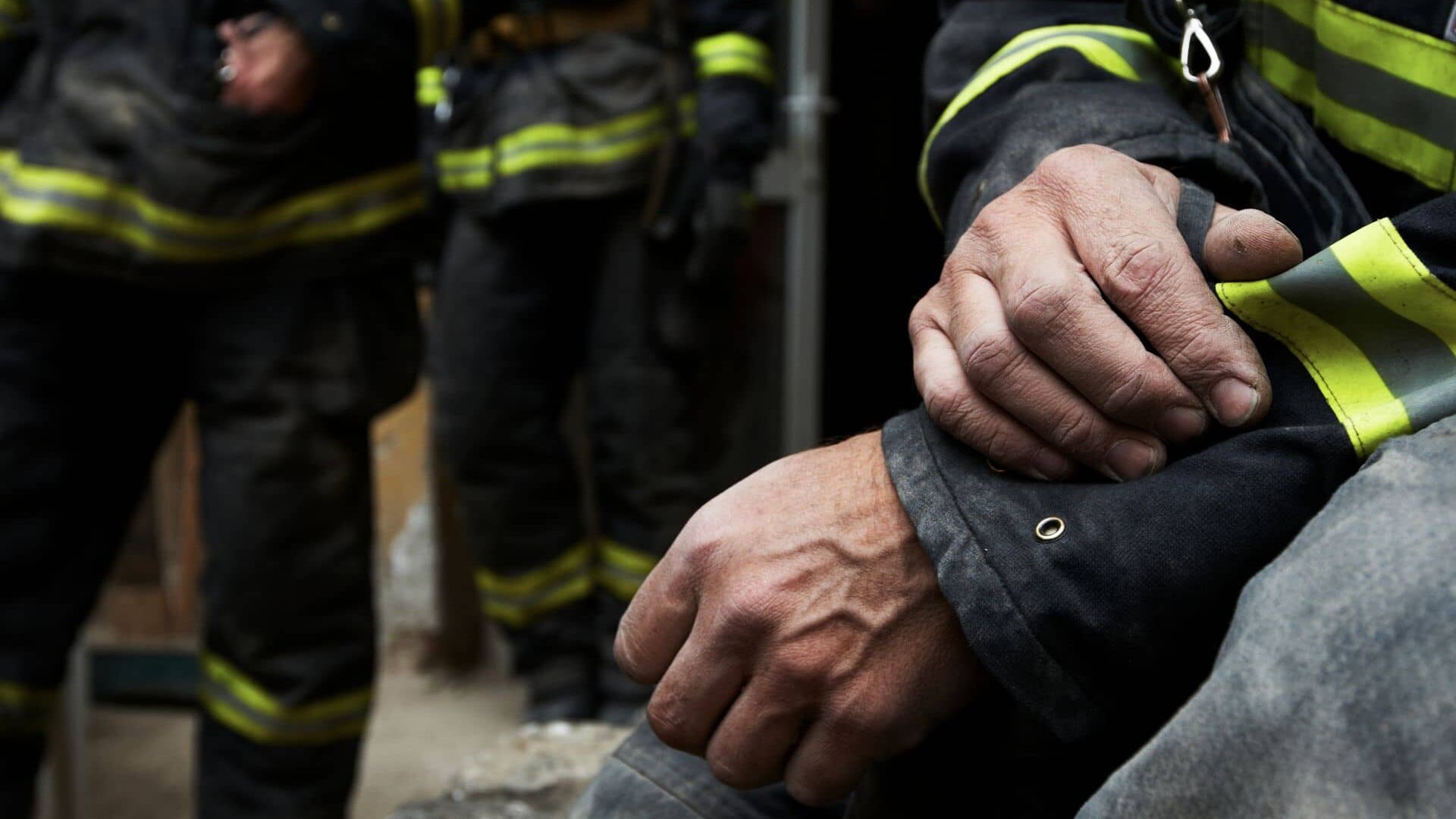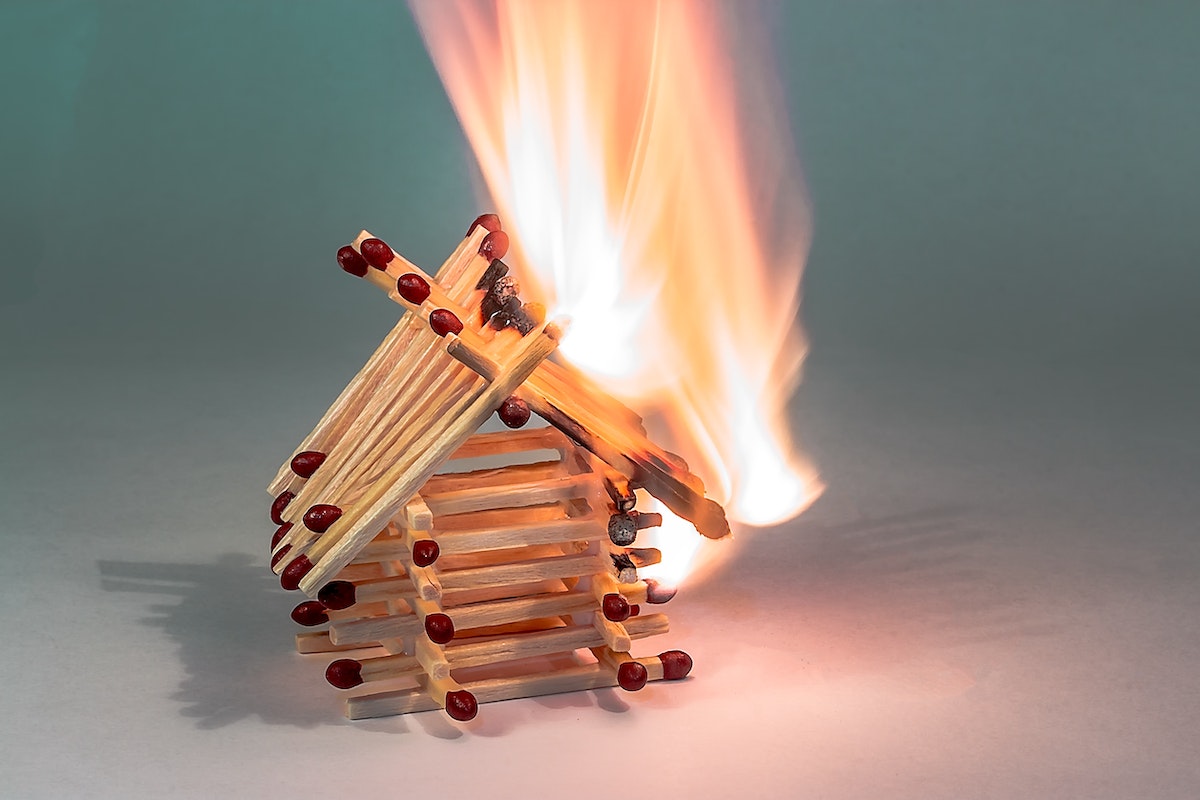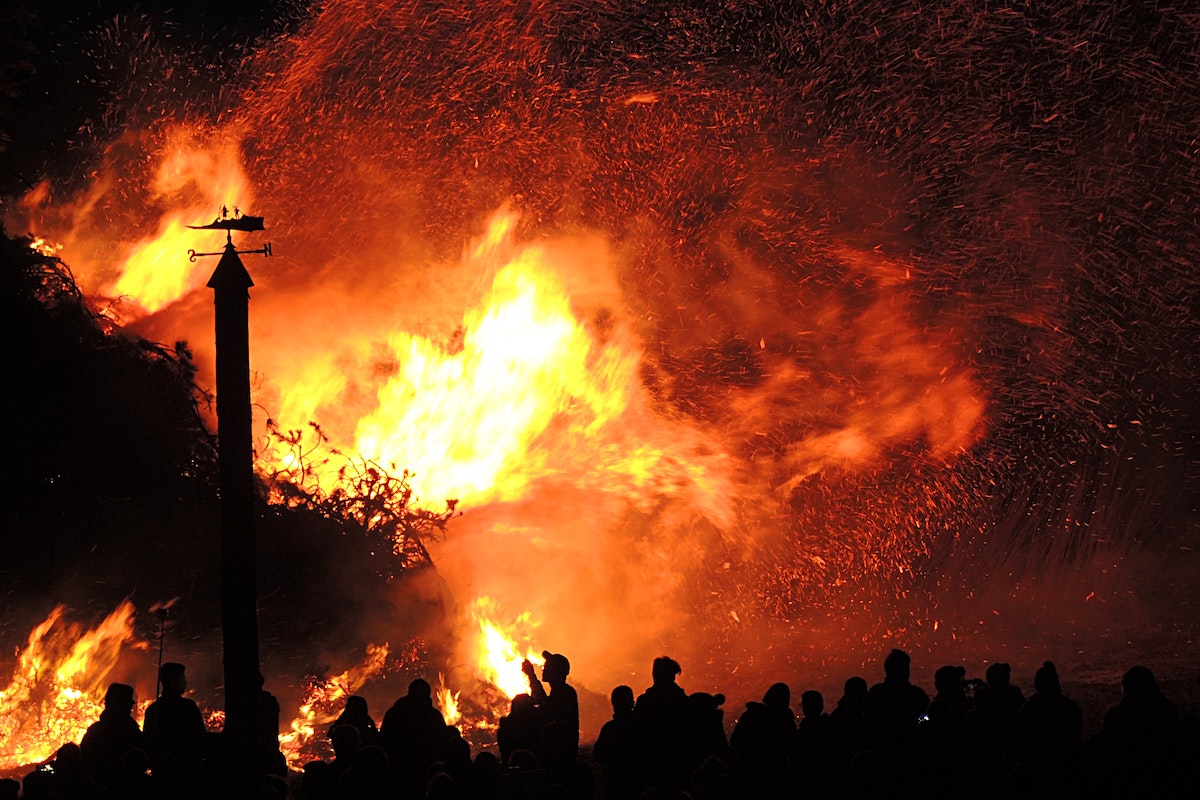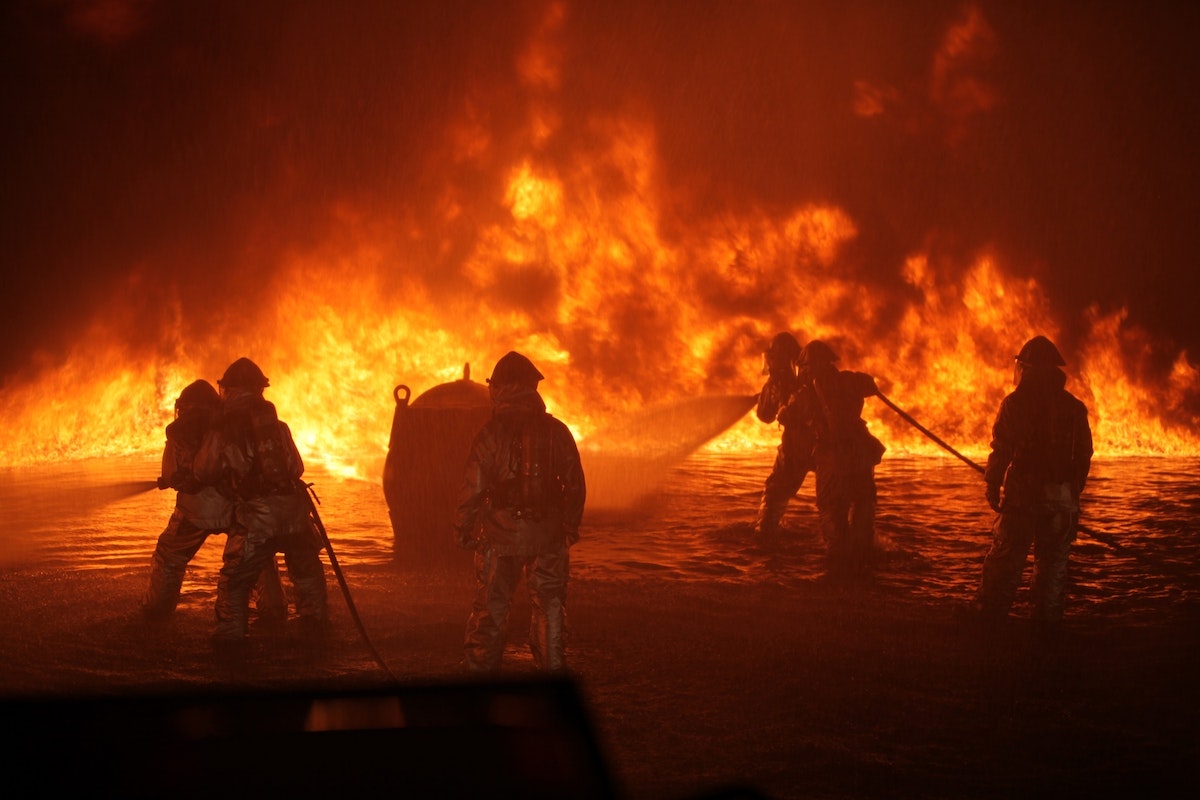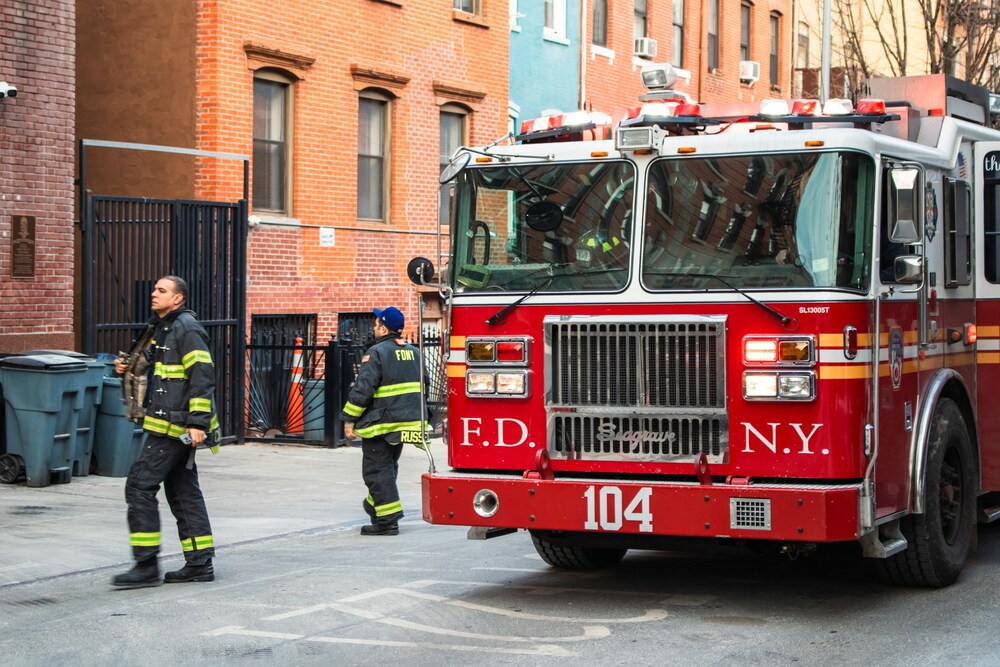Frozen Sprinklers
Contents
The Silent Winter Killer
New York winters don’t just bring slushy sidewalks. That arctic blast coming down from Canada? It’s quietly turning your sprinkler system into a pipe bomb. Here’s what every building manager needs to know about cold weather fire risks.
The Physics of Freezing Failure
Water expands when it freezes. In pipes, that means:
- 2:00 AM: Tiny ice crystal forms near a drafty vent
- 4:30 AM: Expanding ice cracks a fitting
- 6:15 AM: Thawing water floods the 14th floor… or doesn’t flow at all
Last winter, FDNY responded to 37 frozen sprinkler incidents in just one week. The worst? A UES condo where the system thawed but leaked instead of spraying.
Summer vs Winter Fire Watch (What Changes)
| Risk Factor | Summer Protocols | Winter Adjustments |
|---|---|---|
| Patrol Focus | Hot work monitoring | Pipe insulation checks |
| Response Time | 30-minute standard | 15-minute extreme cold |
| Unique Hazards | Combustible dust | Space heater misuse |
The Bronx Warehouse That Beat the Freeze
When temperatures plunged to 12°F last January:
- Our F-01 guard spotted a burst pipe in the loading dock within 8 minutes of arrival
- Immediate isolation of the affected zone prevented total system failure
- Thermal camera scans found 3 other near-frozen sections
Total savings: $420,000 in avoided water damage and FDNY fines. Their reward? Hot chocolate on the house.
Winter Readiness Checklist
Before the next polar vortex hits:
- 72 hours out: Insulate exposed pipes with UL-rated materials
- 48 hours out: Test low-temperature alarms
- 24 hours out: Increase patrol frequency to hourly
- During freeze: Maintain 55°F in riser rooms (per NFPA 25)
Remember: Frozen sprinklers don’t announce themselves. Our winter-ready F-01 teams are standing by. We cover all five boroughs with antifreeze knowledge and thermal imaging gear.
